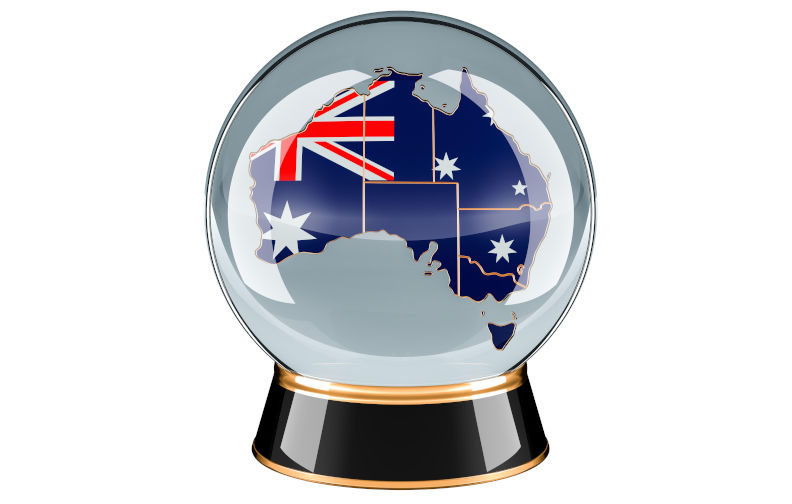A couple of seats that could go against the anti-Dutton grain
April 28, 2025
“The people have spoken.” “We have a clear mandate.” Really? In many cases, like the landslides of 1975 and 1996, the above quotes are undoubtedly true. But in others, like 1984 and 1998, I’m not so sure.
Graham Richardson’s reputation as a strategist was burnished in 1984, when Bob Hawke won a second term in an expanded House of Representatives by targeting the necessary redrawn and new seats to retain government despite more than a 2% anti-Labor swing.
In 1998, Kim Beazley led Labor to defeat against John Howard’s Coalition in the two-party-preferred vote – but Howard still won a second term because he won what matters: seats.
Even closer was the 2010, 72-all dead-heat between Labor and the Coalition (government was decided by six crossbenchers). It may be heresy to party analysts, but isn’t it just possible that a vital handful of seats can be decided by a fluke?
This election, with an outgoing House of six minor-party MPs and 13 Independents, promises plenty of volatility, which is added to by a redistribution in NSW.
The Electoral Commission received 58 suggestions for the redistribution. Some citizens simply sought a name change or the inclusion of their suburb in a seat with other suburbs of like interest or area, with no party-political lens evident.
Then there were longer submissions, including one 92-page opus that criticised the commission’s population projections, emphatically concluding they had been “manipulated”, to the extent that they were supposedly out of whack with later, actual population growth.
This submission claimed the 2019 federal result in NSW had been “wrong”, Labor having won 51.1% of seats (24 out of 47) with 48.72% of the two-party-preferred vote. The Coalition got only 46.8% of seats (22), with a superior 51.78% of the 2PP vote.
“An absolute worst-case scenario for the Coalition should have been a 23-23 split with the ALP,” the submission read.
On one view, this is an outrage. On another, it is just what happens in the system, a la 1998.
While polling suggests the Coalition is falling behind as we enter the “premiership quarter” of this campaign, don’t be surprised if it peels some seats off Labor, especially two in NSW.
Bennelong (John Howard’s seat from 1974-2007) is now the state’s most marginal. Booth-by-booth analysis sees it flip from its 2022 result (won by Labor’s Jerome Laxale, despite finishing almost a full 4000 primary votes shy of his Liberal opponent).
This time, it starts as an ultra-marginal Liberal seat (0.04%), but with a new Liberal candidate, Scott Yung, who has fluked top spot on the eight-candidate ballot paper (if the donkey vote still counts for anything). He comes with the reputation of almost being a giant-killer, having come close to defeating future premier Chris Minns in the state seat of Kogarah at the 2019 NSW election. He’d have to start favourite, in my view.
Good local candidates are gold dust. Just ask Kristina Keneally, the former premier whose parachute remains ripped to shreds on a tree in the western Sydney electorate of Fowler, won in 2022 by Independent Dai Le, after Labor’s chiefs snubbed the rank-and-file choice of Tu Le. Guess who the brains trust at Sussex Street picked this time round? Too right, Tu Le.
There is a body of opinion that Dai Le has consolidated her position during her three years in the job and that she will be re-elected, even though Fowler has been a safe Labor seat since its inception in 1984, and right up to 2022.
Another seat with a standout non-Labor local candidate is Gilmore, on the South Coast. Like Bennelong, it is ultra-marginal, held by Labor’s Fiona Phillips by a notional 0.2%.
Andrew Constance, a former state Liberal minister for multiple portfolios, including Treasury, stood with his constituents in the state seat of Bega during the worst of the 2019-2020 bushfires. Forced to flee his own home, he sought refuge at Malua Bay, and delivered a swingeing rebuke of then Liberal prime minister Scott Morrison’s attitude to, and handling of, the crisis.
His support is, perhaps, strongest in the southern reaches of Gilmore, from Batemans Bay through Moruya to the twin lakes of Tuross and Coila, where there was crossover with the state seat he held. He ran Phillips close in Gilmore in 2022, having won pre-selection for it only a few months before polling day. He comes off a longer run-up this year, and also maintains the priceless recognition of being a state member, minister and Morrison basher.
And he has a secret weapon in the secretary of the Association of Former Members of the Parliament of Australia, one John Haslem. (Full disclosure: the writer is a cousin of Haslem’s, a fact we only recently learned, and only via his thorough research.)
At 86, Haslem is a force of nature. When I suggested a brief coffee catch-up a week or so back, he declined quickly, with the first proffered reason being that there was an election on.
If anyone knows how to take a seat against the odds, it’s Haslem; he is the only Liberal to win an ACT Reps’ seat at a general election – and he did it twice.
He is the epitome of the “indefatigable campaigner”, to borrow a Howardism, and Constance is lucky indeed that the former lawyer, real-estate agent and restaurateur decided some years back to live in Batemans Bay.
On-the-ground campaigning counts in close contests and, anti-Dutton swings notwithstanding, it will be no surprise if Constance comes to Capital Hill.

